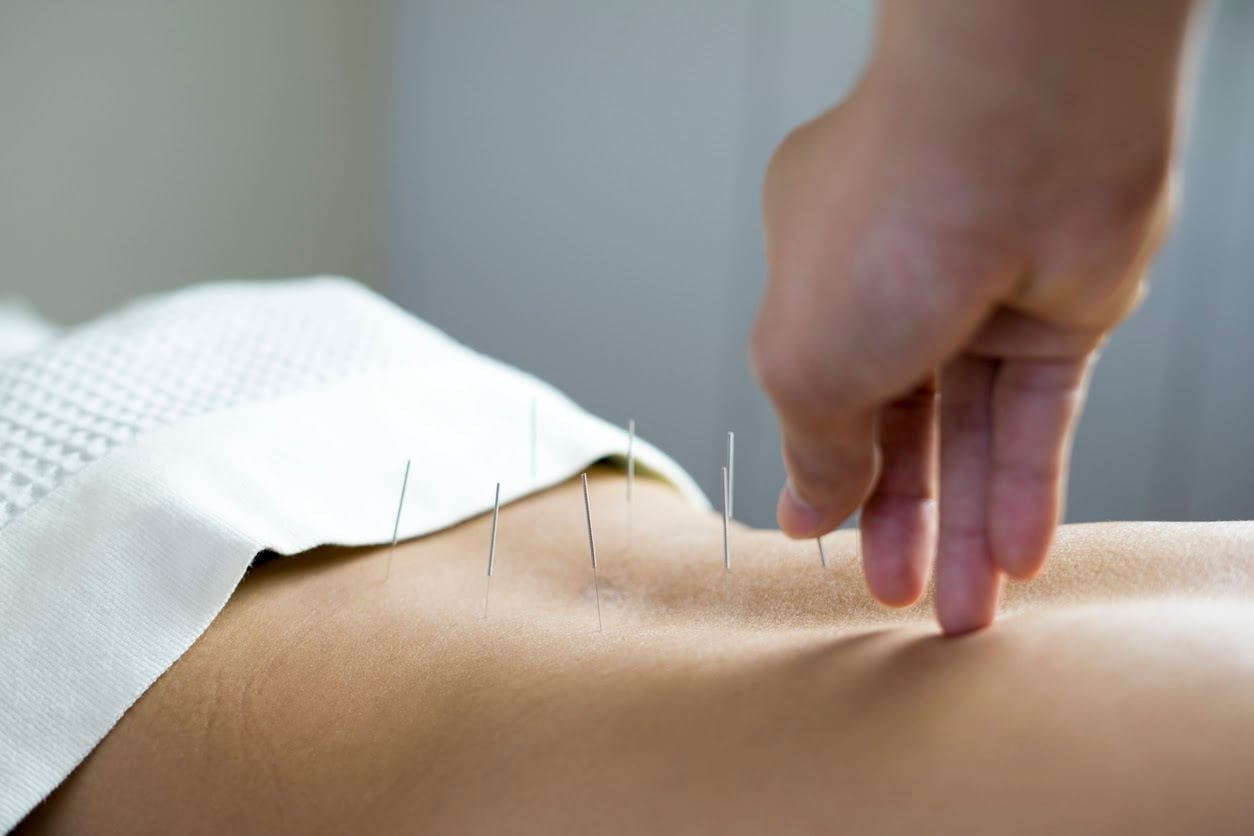What is Endometriosis? And how do I know if I have it?
As Endometriosis Awareness month finishes up, let’s delve into the symptoms, diagnosis and management of this condition.
So what is Endometriosis?
Endometriosis is a condition where the endometrial tissue grows in areas outside the uterus. This condition affects 1 in 10 women*, and it typically can take 8-10 years to be diagnosed. Although the estimated prevalence of Endometriosis is thought to be around 10%, an estimated 40-60% of women* who experience dysmenorrhea have Endometriosis.
Endometriosis is classified as secondary dysmenorrhea, which is defined as severe period pain, which may not be directly related to your period and may be associated with an underlying reproductive disorder or condition. Symptoms experienced can include burning, throbbing, searing or stabbing-like pain that can last for multiple days and can occur throughout the entire menstrual cycle. It can affect quality of life, leading to vomiting and can interfere with daily activities causing some women* to miss school days/ work days and/ or social events. Other associated signs and symptoms can include nausea, fatigue, pain during sex and dysfunctional uterine bleeding.
Unfortunately due to the complicated nature of this condition, it is unable to be diagnosed with a regular ultrasound. The most accurate form of diagnosis for Endometriosis is Laparoscopic surgery. Currently, this procedure is performed via keyhole surgery, where the Endometrial lesions are removed from areas outside the uterus. These can be found in the pelvis, bladder, bowel, ovaries, fallopian tubes and in very rare cases outside the pelvis.
Although symptoms of Endometriosis can be managed to improve a woman’s quality of life, it is unlikely for the Endometrial lesions to disappear on their own and generally cannot be treated with medicine.
So how do we view Endometriosis from a Chinese Medicine perspective?
There are a number of diagnostic patterns for Endometriosis, however the most common I see are forms of Qi Stagnation, Blood Stagnation and Blood Deficiency. The pain is a result of qi and blood not moving, and depending on how impeded their flow is, dictates the severity of the pain.
Qi stagnation will present with signs and symptoms of dull achy pain in the pelvic girdle and lower back, and is often associated with premenstrual symptoms, on the other hand, Blood Stagnation will cause sharp stabbing-like pain with dark clotted menstrual blood and Blood Deficiency will present with pain that is worse at the end of the menstrual bleed or after the period is over. In a patient, these 3 diagnoses can present on their own or in a combination, depending on symptoms.
It is important to identify the differentiation in signs and symptoms of each patient to ensure the correct Chinese Herbal Formula and Acupuncture treatment is prescribed.
How does Acupuncture actually decrease the pain? And how regularly would a patient need treatment?
Research shows, Acupuncture will reduce systemic inflammation which will then in turn decrease the inflammatory response of this condition and reduce the severity and quality of the period pain. In addition, by needling specific points on the surface of the skin, this will release endorphins, the body’s natural pain-killing chemicals as well as affecting the part of the brain that governs serotonin, a brain chemical involved with mood. Furthermore, Acupuncture has been shown to significantly reduce Prostaglandin levels in women with both Primary and Secondary dysmenorrhea.
In terms of treatment frequency, we know that Acupuncture is cumulative, so the more frequently you have treatment the quicker you begin to feel the benefits. Ideally, it is recommended a patient come in weekly for 1 month to support each stage of their menstrual cycle, reduce inflammation and regulate hormones. Depending on symptoms, I would then recommend to continue treatment fortnightly or monthly for a 6-12 month period.
With the positive outcomes in research showing that Acupuncture treatments significantly reduces period pain intensity, duration and symptoms over time, I recommend patients to use Acupuncture as a form of monthly pain management instead of their monthly Naprogesic.
By Georgia Payten
* Women & people assigned female at birth.

